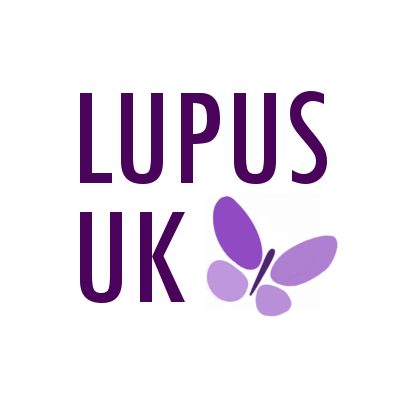Hospital Provision
hospital provision
HOSPITAL PROVISION FOR LIGHT SENSITIVE PATIENTS
It is suggested that emergency packs are to be more widely available in healthcare premises – packs consisting of curtains or blinds of total black-out material to cover windows and doors – and for portable luminaires that emit no UV and very little blue light to be available.

members write
THE CLINICIANS’ VIEW
We spoke to two leading clinicians, Prof James Ferguson, Head of the Photobiology Unit at Dundee University, and Dr Bob Sarkany, Head of Photodermatology at Guy’s and St Thomas’ in London, about how estates and facilities managers could approach the phasing in of energy-efficient lighting with regard to light sensitive patients. Their advice is as follows:
“Gaining an insight into the condition of light-sensitive patients is a good thing in itself. It will help you to understand why low-energy lighting is a potential concern to them.
“Fluorescent devices and energy-saving lights that emit UV and blue light can trigger adverse reactions in light sensitive patients. So in healthcare settings, we would encourage the use of plastic lighting diffusers and other preventive measures, such as applying clear polyester coatings to existing glass, to keep out almost all UV light. Products such as DermaGuard work well equally at home and in healthcare environments.
“Testing of CFLs – both the filtered and non-filtered type – with photosensitive patients has shown that those bulbs with a double-plastic envelope are effective in filtering most UV rays. However, these bulbs are not certified so there is a lack information and awareness within the population at large, and within the photosensitive community, about which products may be better for their health.
“Our advice to staff working in a healthcare setting would be: ‘Aim to respond sensitively and sensibly to requests made by photosensitive patients.’ Most patients have developed their own strategies for dealing with their condition – from choosing to walk on the shady side of the street to sitting in the darker part of a reception area. Healthcare staff should listen to their concerns and help to identify and alleviate potential issues on a case-by-case basis. Clinicians will make a judgement call, based on the patient’s particular condition, and elicit support from key support staff, including healthcare estates teams, to deliver the best possible outcomes for each patient.
“Understanding why such requests are made and responding positively to them is a step in the right direction.”
PROFESSOR JAMES FERGUSON IS HEAD OF THE PHOTOBIOLOGY UNIT AND CONSULTANT DERMATOLOGIST IN THE DEPARTMENT OF DERMATOLOGY, DUNDEE UNIVERSITY.
DR ROBERT SARKANY IS CONSULTANT DERMATOLOGIST AND HEAD OF PHOTODERMATOLOGY AT GUY’S AND ST THOMAS’ NHS FOUNDATION TRUST
